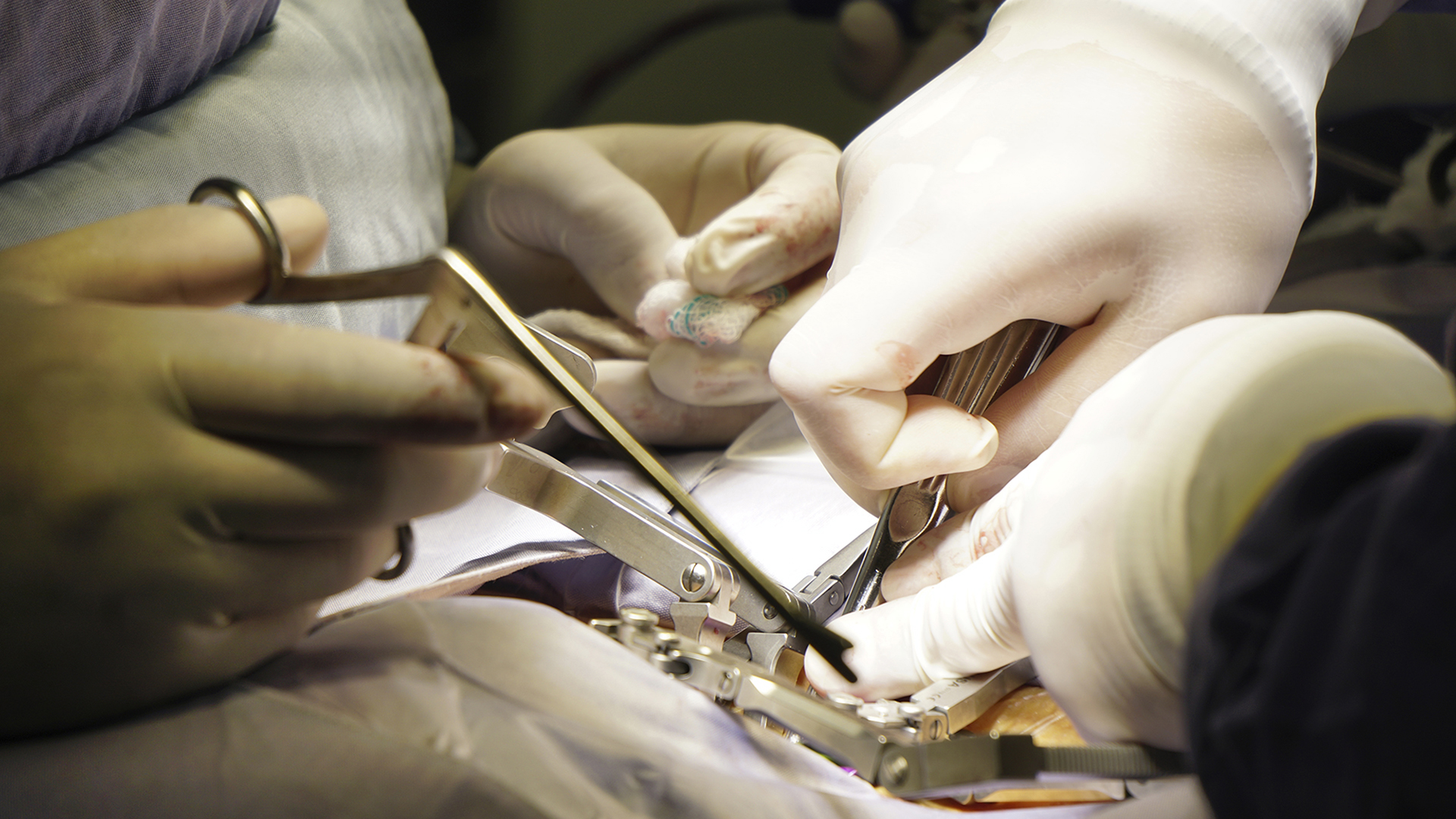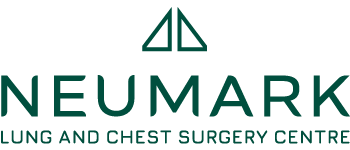We often associate rib fractures with major events like bad falls or car crashes. However, a lesser-known cause is cough-induced rib fractures, where a seemingly simple cough can significantly impact your short-term comfort and potentially long-term health. Let’s explore the causes of this unusual occurrence and discuss available treatments.
How Can A Cough Cause A Rib Fracture?
It may seem surprising that a cough can cause a rib fracture, especially since we typically associate such injuries with traumatic events. However, under certain conditions, even the slight pressure from a cough can fracture a rib.
Chronic coughing can put you at risk of a rib fracture. Think of it as cumulative damage. Each cough inflicts minor harm to your ribs that builds up over time. This isn’t typical coughing, though. It’s the kind associated with chronic obstructive pulmonary disease, bronchitis, or severe asthma. While the fracture results from a separate condition, it’s no less severe.
Osteoporosis is another condition that can lead to cough-induced rib fractures. This occurs when bones lose minerals like calcium faster than the body can replace them, resulting in decreased bone density and strength. The condition is more prevalent in older adults, especially women, as their bodies take longer to replace cells. This weakens the bones, making them more susceptible to damage.
Similarly, the elderly are more prone to cough-induced rib fractures due to increased bone fragility. While this may not always develop into osteoporosis, their bones are still more brittle than in their youth. Other conditions, such as cancer metastasis to the bones, can also increase the risk.

“Cough-induced rib fractures are not uncommon. In most cases, they’re secondary to a separate condition. However, this doesn’t diminish their seriousness”, warns Dr Harish Mithiran, director of Neumark Lung & Chest Surgery Centre. Fortunately, modern technology offers various treatment options for cough-induced rib fractures.
Cough-Induced Rib Fractures: What Next?
Regardless of the cause, the symptoms of a cough-induced rib fracture are similar to those of a regular rib fracture. These may include sharp chest pain, tenderness, difficulty breathing, or bruising over the affected area. What makes them trickier is that despite severe pain, the internal damage may not be immediately obvious. While it’s natural to get an X-ray after a car crash, it might seem excessive to do so after a cough causes pain. This doesn’t mean the issue isn’t worth investigating. A thoracic surgeon can perform a physical examination and imaging tests to determine the fracture’s severity and recommend appropriate treatment options.
Most cough-induced rib fractures heal within 6-8 weeks. The challenge lies in preventing further coughing, which can exacerbate the fracture. While a medical professional can prescribe cough suppressants, you need to reduce activity and practice breathing exercises to prevent complications.
Related Rib Fracture Conditions
When Is Internal Rib Fixation Required
Internal rib fixation is not typically the first-line treatment for cough-induced rib fractures, but it may become necessary in certain cases. Thoracic specialists generally consider this procedure when conservative treatments prove insufficient or when the fracture presents specific complications.
Dr Mithiran explains, “We primarily recommend internal rib fixation for cough-induced fractures when patients experience severe, persistent pain that significantly impairs breathing or when there’s a risk of respiratory failure.”
Other indications include multiple rib fractures, flail chest (a severe condition where a segment of the rib cage becomes detached), or cases where the fracture fails to heal properly with conservative management. Patients with underlying conditions like osteoporosis or chronic respiratory diseases may also be candidates for this procedure, as their fractures often heal more slowly and are at higher risk of complications.
Rib internal fixation involves using metal plates, screws, or other fixation devices to secure the fractured rib bones in their correct anatomical position. This stabilisation significantly reduces pain by preventing the broken bone ends from moving and irritating surrounding tissues and nerves. The reduced pain allows for deeper breathing and more effective coughing, which is essential for clearing mucus and preventing respiratory complications like pneumonia.

Furthermore, by maintaining proper rib alignment, internal fixation promotes faster and more reliable bone healing. It helps avoid complications associated with prolonged immobility or improper bone union, such as nonunion or malunion, where the bone heals in an incorrect position. This procedure can be particularly beneficial for individuals with osteoporosis or other conditions that impair bone healing.
It’s important to note that the decision to perform internal rib fixation is made on a case-by-case basis, considering factors such as the patient’s overall health, the severity of symptoms, and the potential benefits versus risks of the procedure.
If you suspect you have a cough-induced rib fracture or are seeking treatment for a diagnosed one, contact Neumark today for the specialised support your ribs may need.

